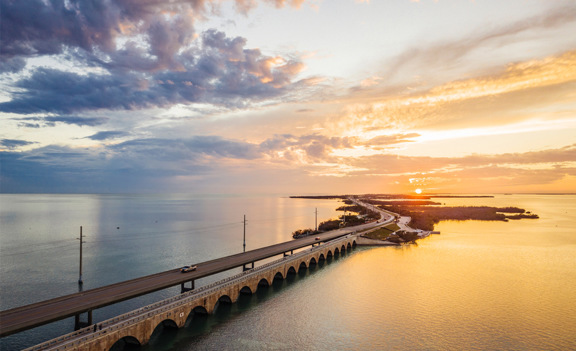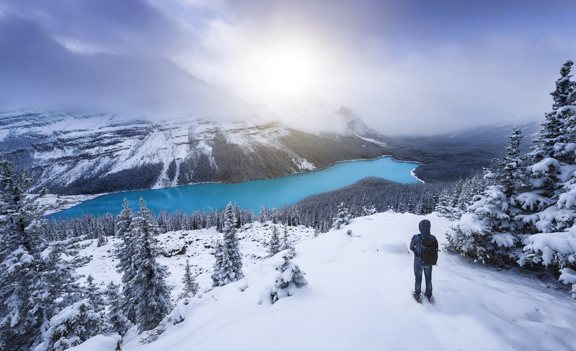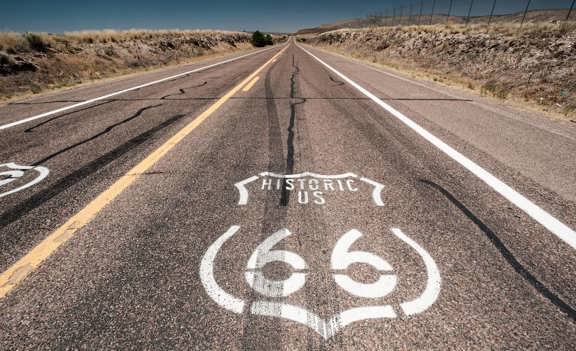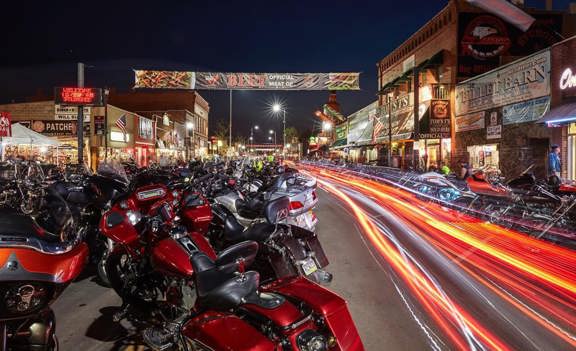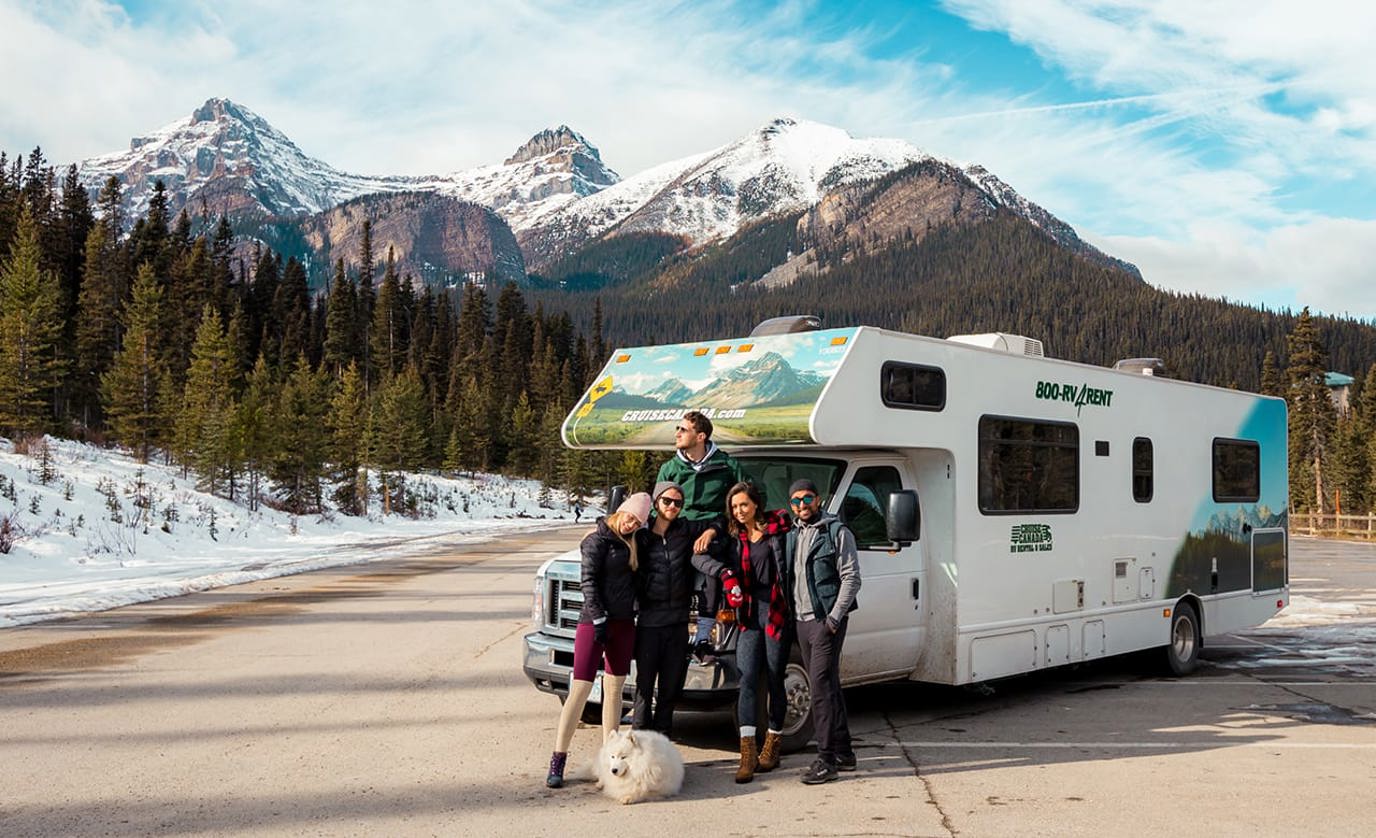
Buying an RV is an excellent investment for anyone who yearns for the freedom of the open road while still enjoying the comforts and conveniences of home. With housing prices skyrocketing in popular urban areas like Denver, Seattle, and San Francisco, full-time RV travel can also seem like a cost-effective lifestyle for those fortunate enough to work online in fully-remote positions.
While there are many benefits to owning an RV, it’s not like owning a car. In addition to the higher upfront cost of an RV, they require considerably more maintenance (it is a temporary home, after all) and repairs, some of which are beyond the skill set of the average RV owner. Knowing the true RV ownership costs can help you decide whether full-time RV travels or even occasional camping trips with one are in your budget.
Summary of RV Ownership Costs
Let’s just get this out of the way — owning an RV isn’t cheap. It’s an expensive vehicle, with all the moving parts of your daily driver plus the appliances and fixtures of your home. There are a lot of things that can go wrong, and RV-specific parts are invariably more expensive. None of that is to say that buying an RV is a bad financial decision, just one that should come with careful consideration of dozens of the myriad of hidden costs.
In this summary, we’ve included some helpful RV ownership statistics and the major expenses associated with it, but prices vary considerably with location, and your style of travel largely determines many of the costs of ownership.
Vehicle Payments
The initial price of the RV is both your biggest cost and the most variable one. A brand new Class A RV with all the bells and whistles can set you back as much as a moderately-priced home, $200,000-$400,000. On the lower end, the purchase price for a used Class B van might only be $30,000.
Most of us don’t have the means to purchase these vehicles outright with cash, which means you’ll also need to take out a loan for the initial cost. As RVs depreciate like a car, rather than appreciate like a home, the interest rates on RV loans are considerably higher than they would be for a mortgage — 10% or higher, depending on your credit score. Broken down into monthly payments, a $50,000 RV with a 10-year loan and a 12% interest rate would cost you a little over $700 a month.
Insurance Costs
An RV is both a dwelling and a vehicle, so your insurance coverage for one is a combination of a home and auto policy. At a minimum, you’ll need liability insurance to pay for any damage to other vehicles in an accident where you’re at fault, the cost of which depends on how frequently you plan on using the RV and your driving record. Depending on the state, this might only cost $20 a month.
However, most RV travelers will opt for full coverage, which will pay for any damage to your vehicle in an accident where you’re at fault, while also covering damage resulting from fires, floods, and falling objects. Banks typically require full coverage on any vehicle they’ve financed. The cost of full coverage is based on the value of your vehicle, but you can expect to pay anywhere between $50 and $100/month for it, with liability coverage included.
If you plan on living in your RV more than six months out of the year, you might need full-time coverage. These are broader policies that insure against personal liability and medical claims (someone gets hurt stepping out of your parked RV) and often include coverage for your possessions inside the RV. Many insurance companies will deny your claim if it’s determined that you lived in your RV full-time without purchasing full-time coverage.
Fuel Costs
Fueling up is notoriously unpredictable, and there’s not much you can do to save money on it besides driving fewer miles or purchasing a more fuel-efficient RV. Large class A RVs might only get six miles per gallon, and conversion vans can achieve upwards of twenty. For cost estimation, we’ll say that the RV is driven 5,000 miles each year — which could be a biweekly camping trip to somewhere that’s an hour away or one or two amazing road trips. Getting ten miles per gallon works out to around 500 gallons of fuel used annually, and at current prices, that could be anywhere between $1500-2000.
While gasoline or diesel will get you where you want to go, propane powers all the accessories that make RV camping enjoyable — refrigerators, stoves, water heaters, etc. It’s an often forgotten cost, but most campers go through one or two 20 lb. propane tanks every week. Refilling them is likely to cost between $25 and $50.
Repair and Maintenance Costs
Performing proper maintenance on your RV is one of the best ways to keep your costs down. DIY tasks like sanitizing your water system, lubricating your slide-outs, and checking the roof for leaks costs almost nothing but can pay massive dividends down the road by eliminating repair costs.
Unexpected repair costs and maintenance expenses are the banes of every RV owner's existence. RV dealerships charge on average $130/hr, even for the simplest of tasks. Most RV travelers budget somewhere between $1000 and $2000 per year for repair and maintenance bills, which is similar to what you’d expect for a similarly priced car. If you’re thinking about purchasing an older RV, that repair budget could balloon significantly, especially if you’re not equipped to tackle some of those repairs on your own.
Washing
Regular washings aren’t something most of us consider a major part of owning a vehicle — a hose and a bucket of soapy water is all you need to clean your car. RV’s aren’t so easy though, being that they’re taller, longer, and have many more nooks and crannies to clean out. To have a professional wash and wax your RV, expect to pay around $5 for every foot of length. A 40-foot Class A RV can easily cost $200 and more if it needs extensive detailing.
Campground Fees
The cost of camping usually comes down to geography and population density. Sites nearer to major cities or popular national parks are usually more expensive, with beachside resorts in California charging upwards of $100 per night. However, most state parks and smaller private campgrounds will cost you somewhere between $20 and $40 per night, depending on the amenities being offered.
Sites with water, sewage, and electrical hookups can cost as much as a budget hotel in some places, while a no-hookup site isn’t any more expensive than pitching a tent at the same campground. You can also save money by going off the grid and boondocking on public land, however, this will likely increase your consumable costs (propane, fuel, dump fees), and many boondocking sites are located down rough roads that’ll cause more wear and tear on your vehicle.
Lowering Your Costs with Cruise America
Owning an RV can be a very cost-effective way to travel, allowing you to forgo the cost of hotels, flights, and rentals while also saving money on food as you cook your own meals. However, RV travel has many hidden costs, especially if you’re doing it full-time, and these need to be carefully budgeted to avoid future headaches.
Cruise America offers a wide selection of pre-owned RVs that are a budget-friendly option for travelers looking to make their first purchase. These vehicles are assessed and refurbished to bring that back to pristine condition and come with a quality guarantee that’ll give you peace of mind.
Contact us today to learn how Cruise America can make your RV ownership dreams a reality!
